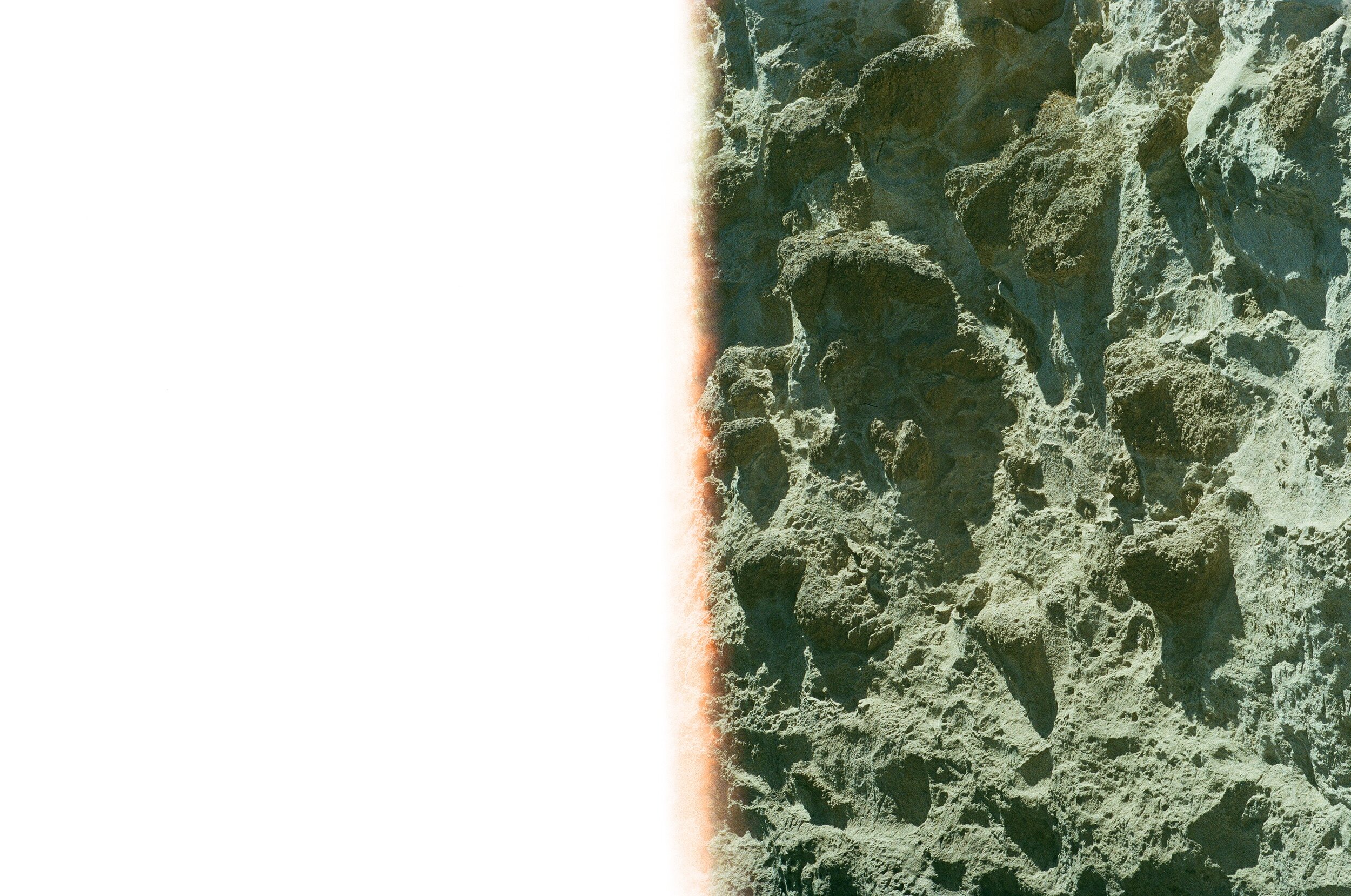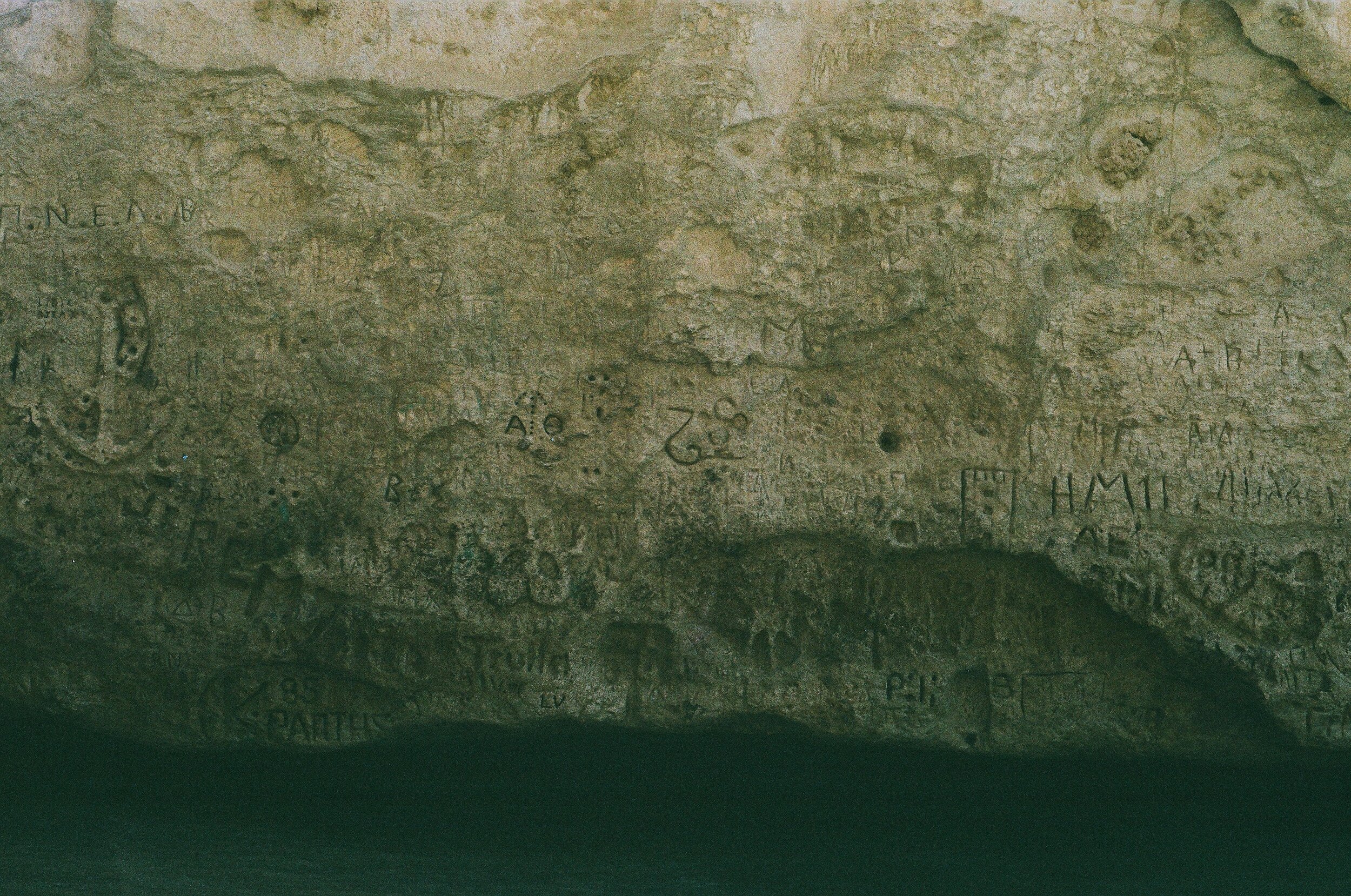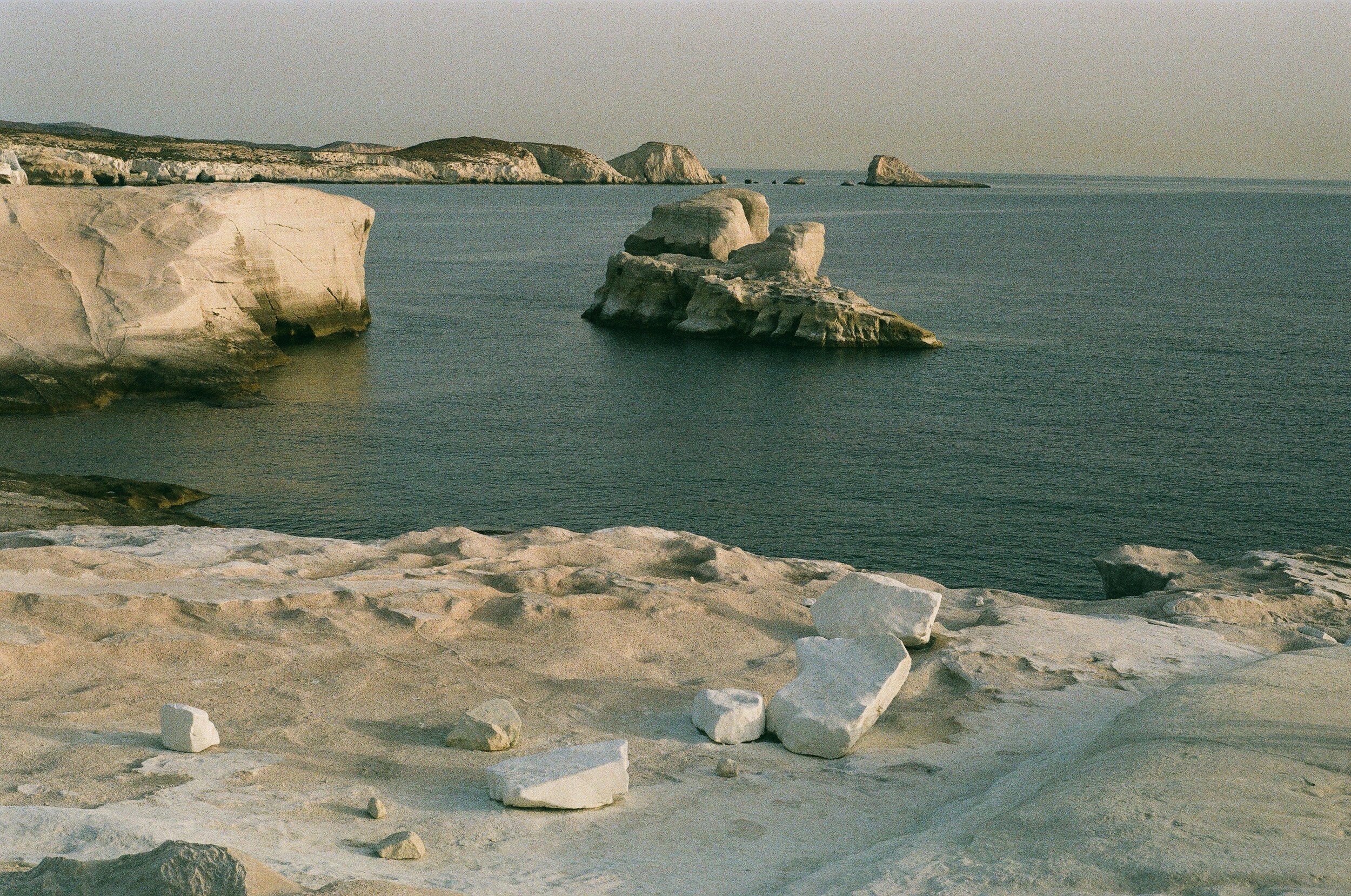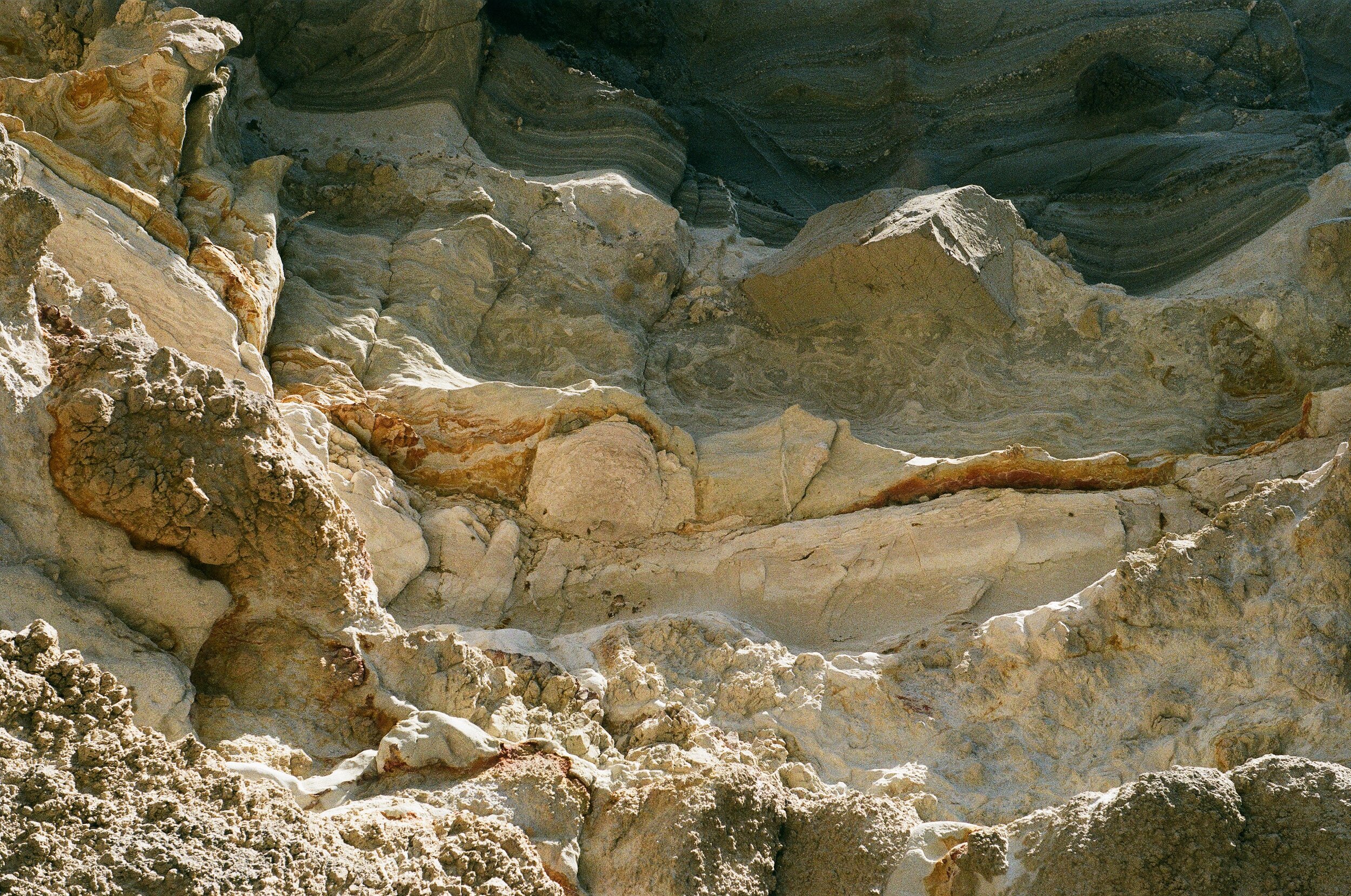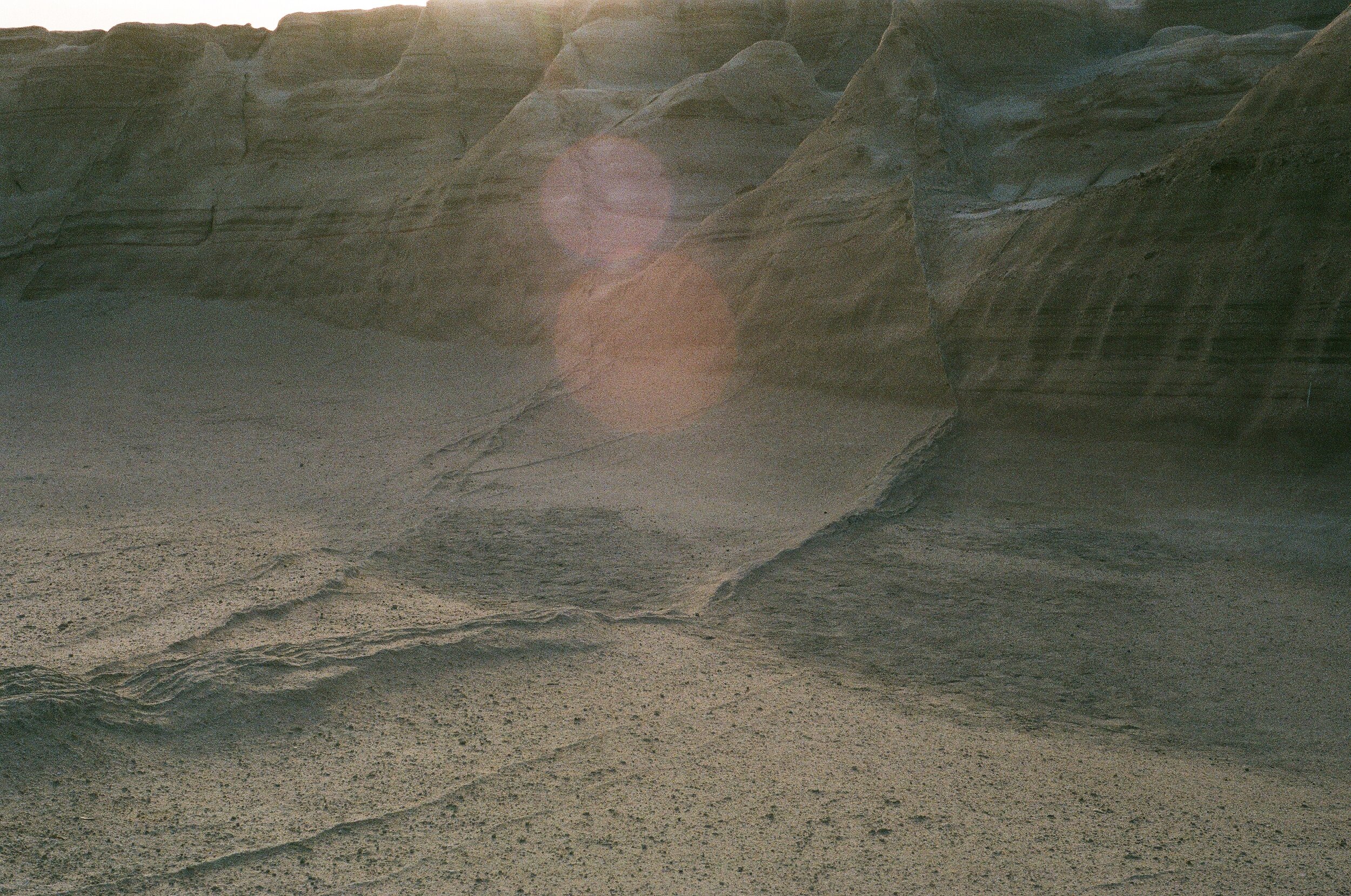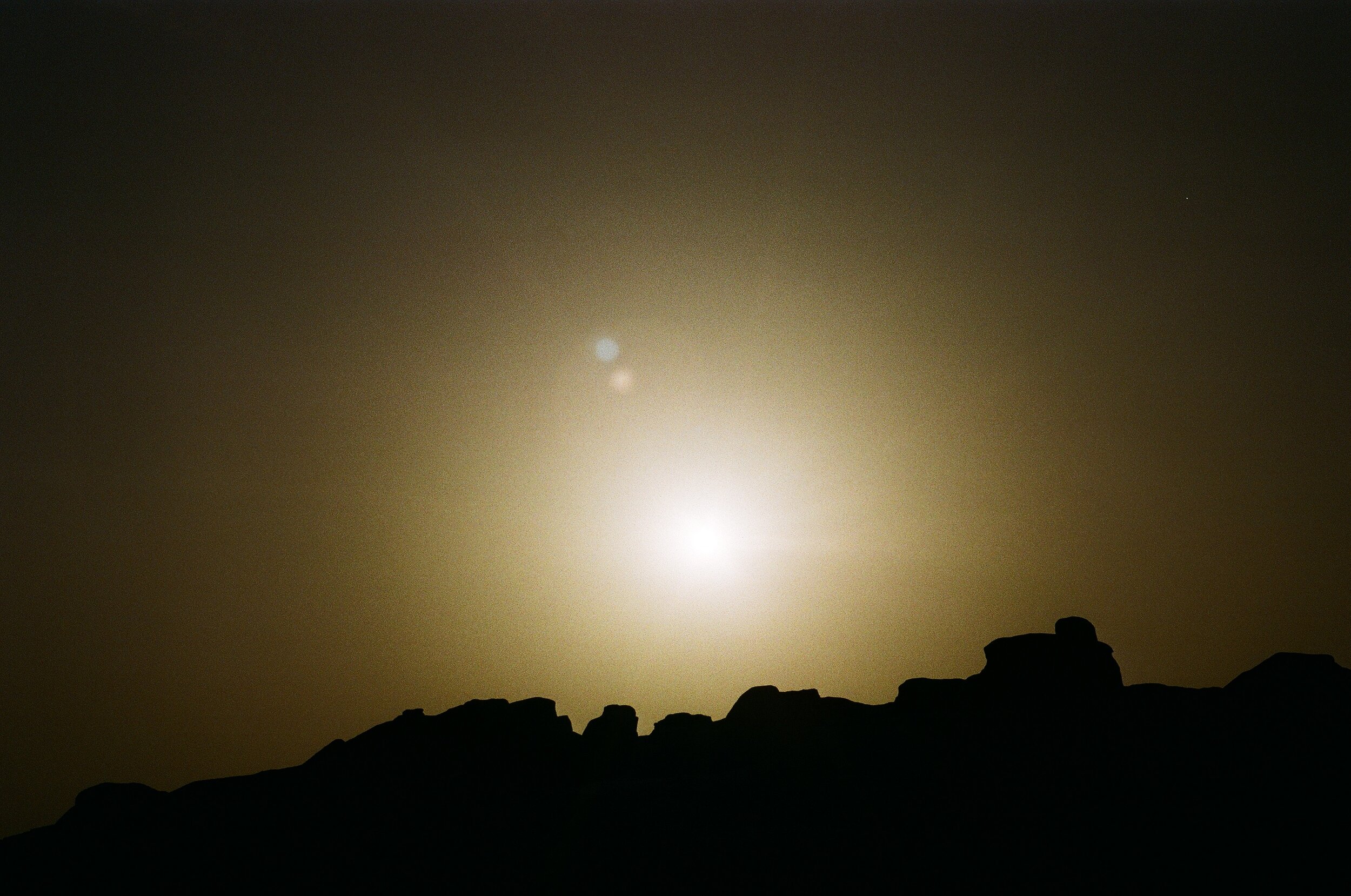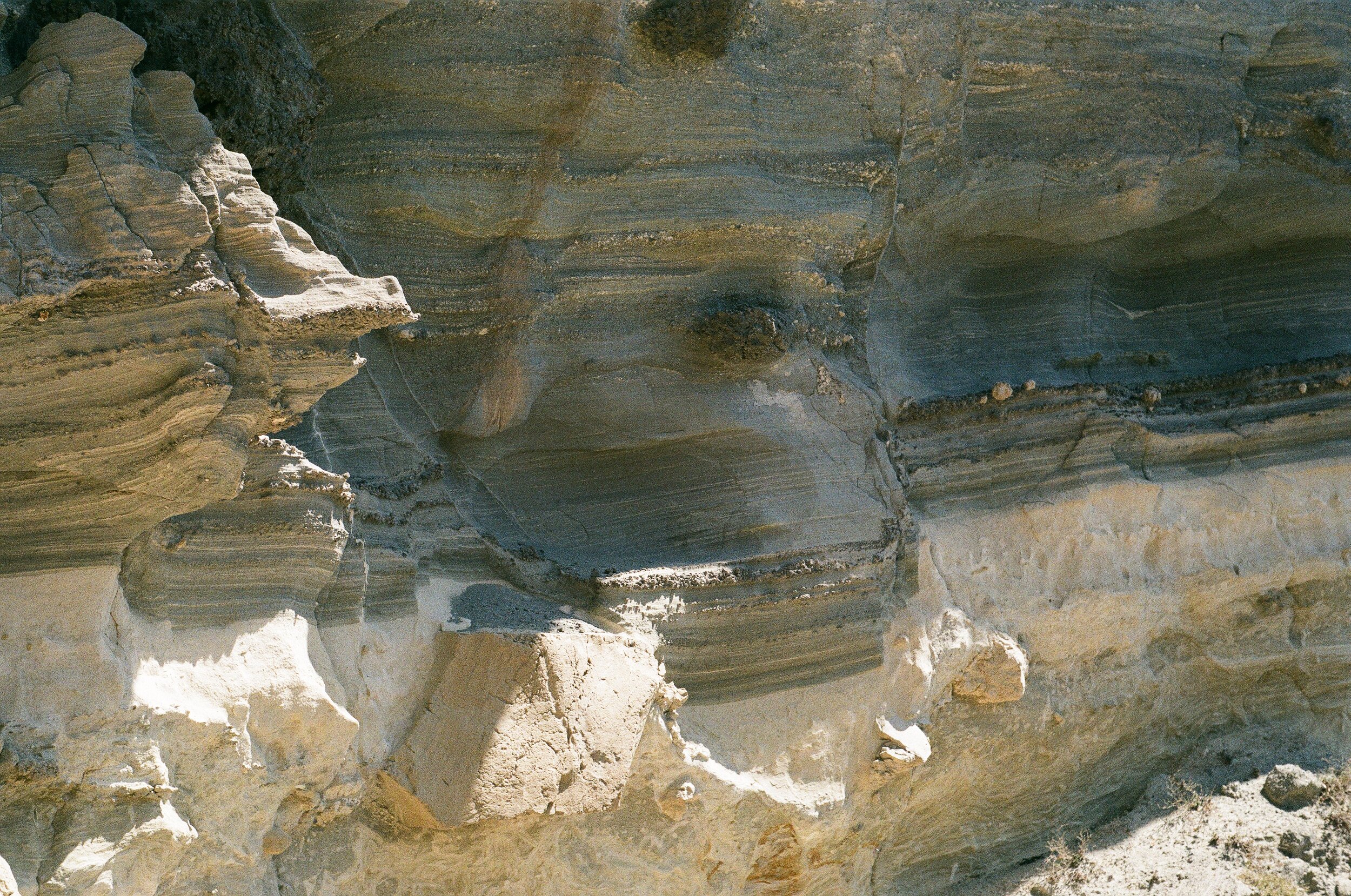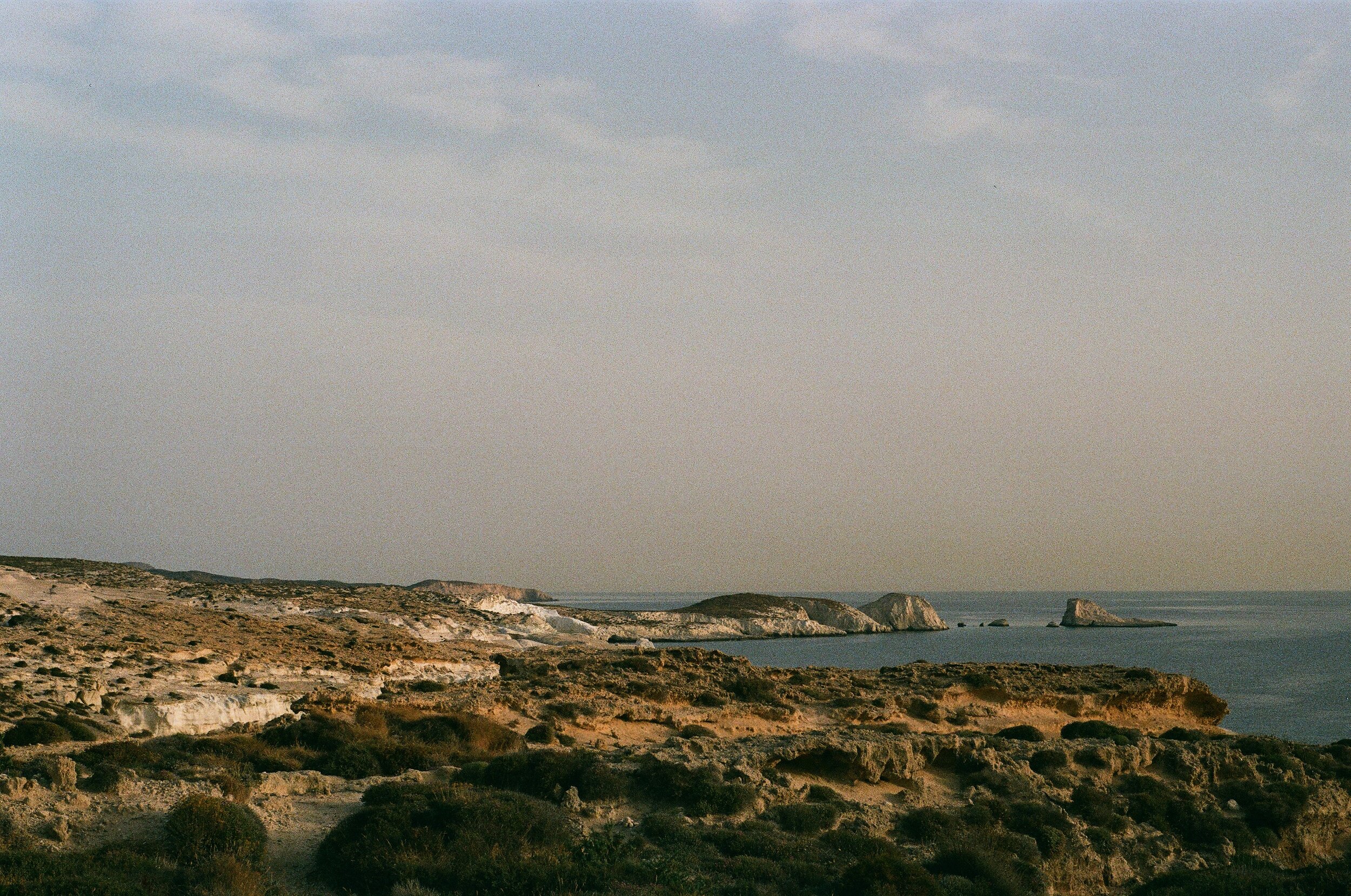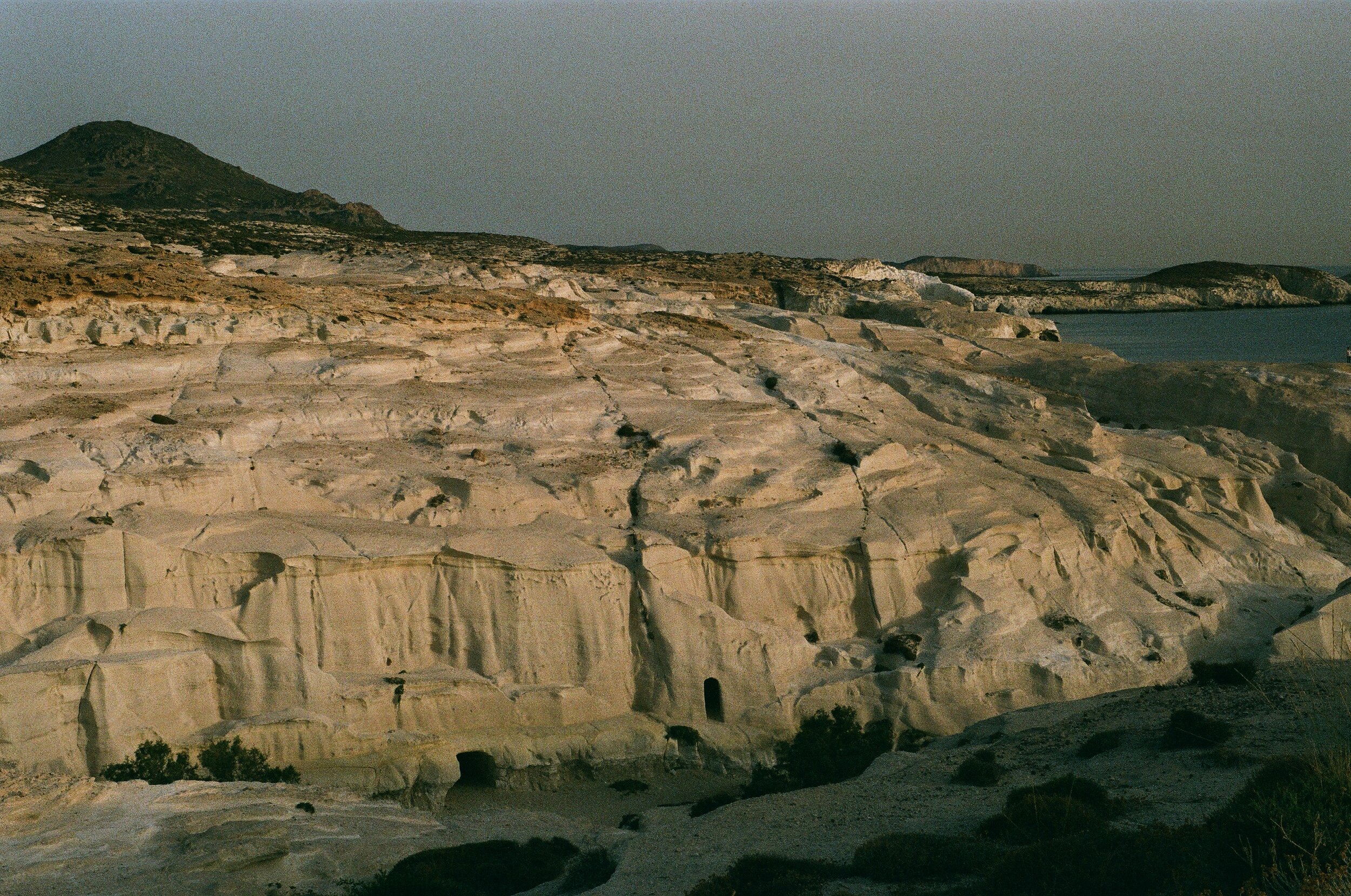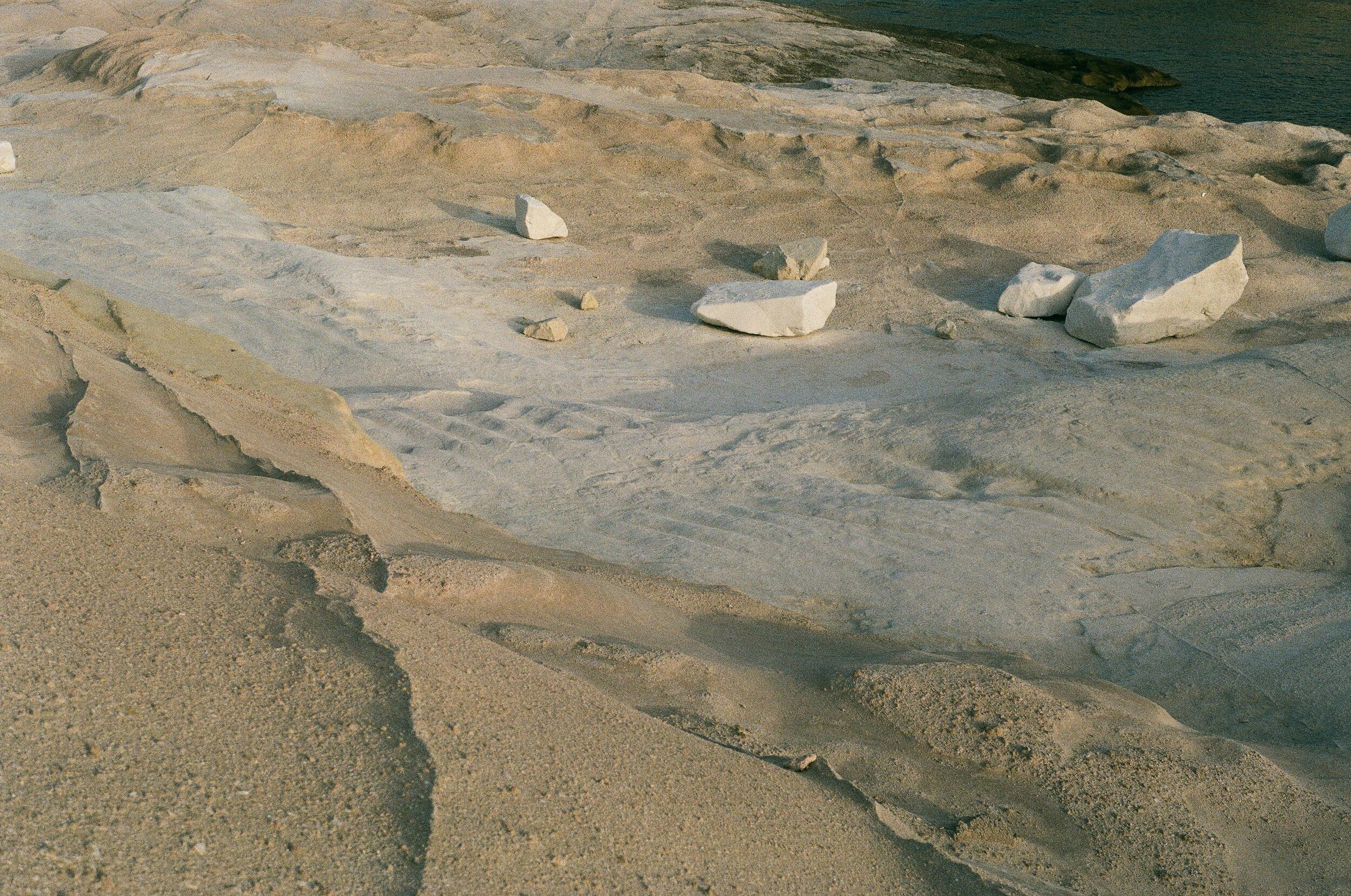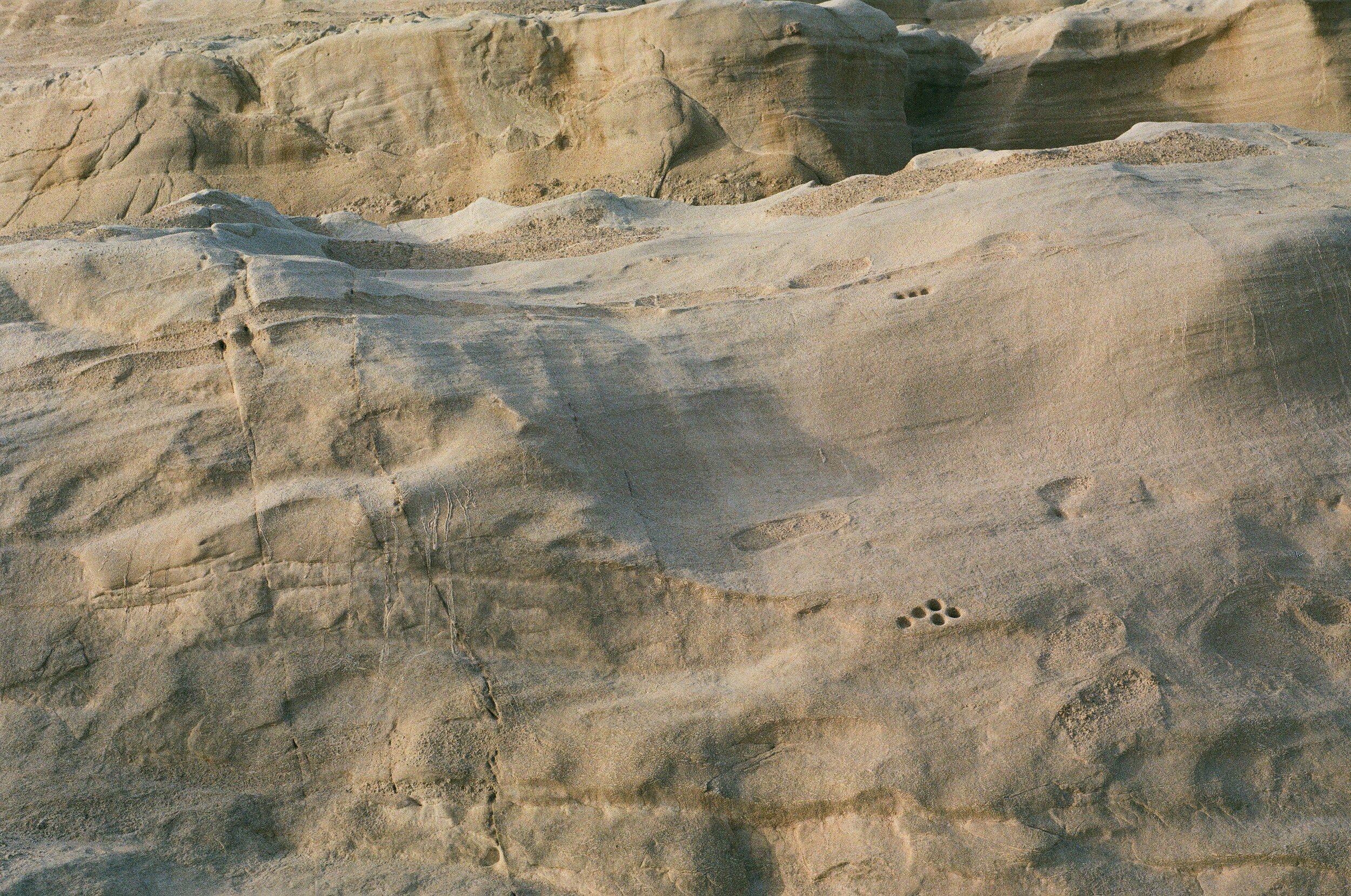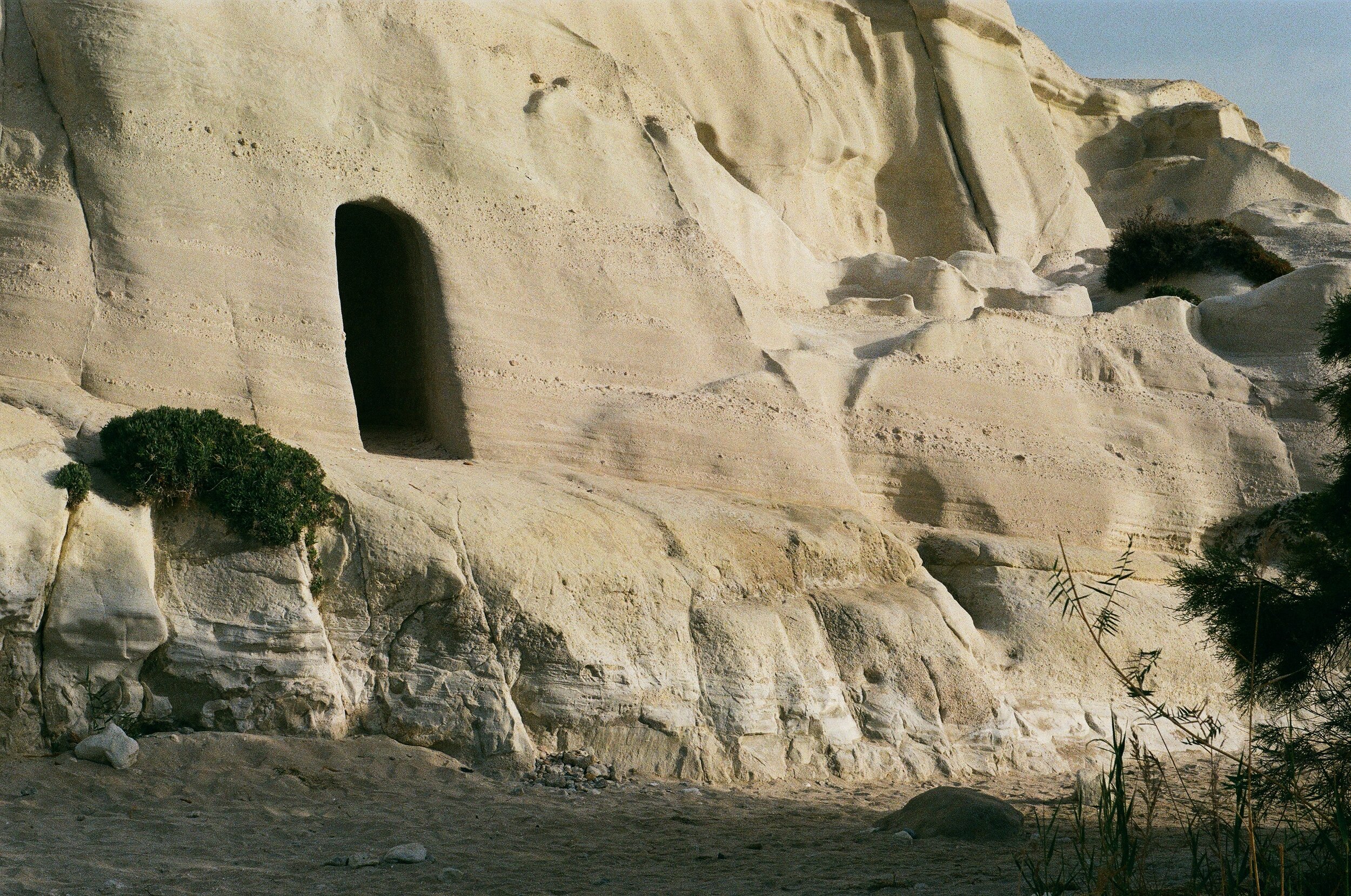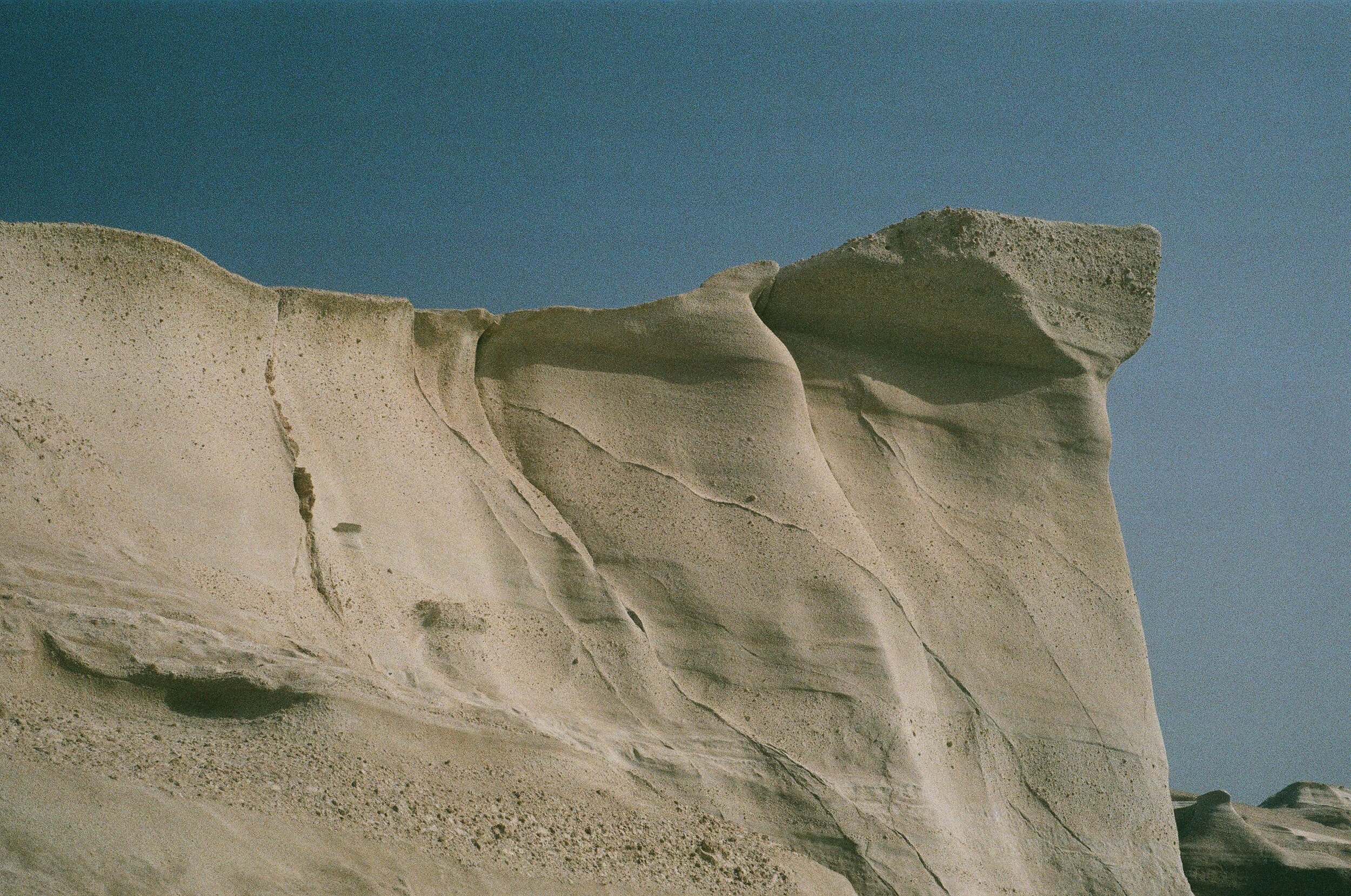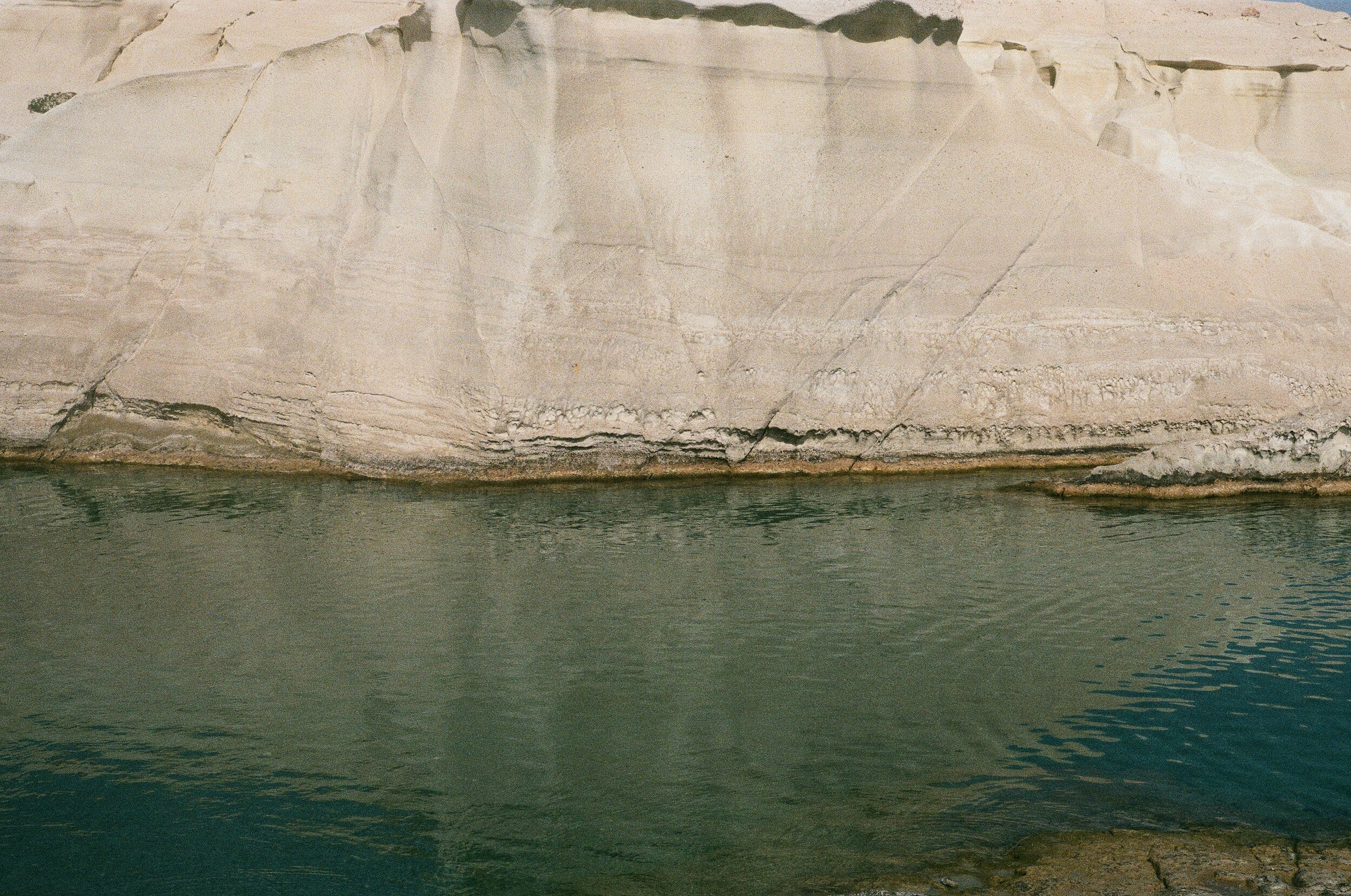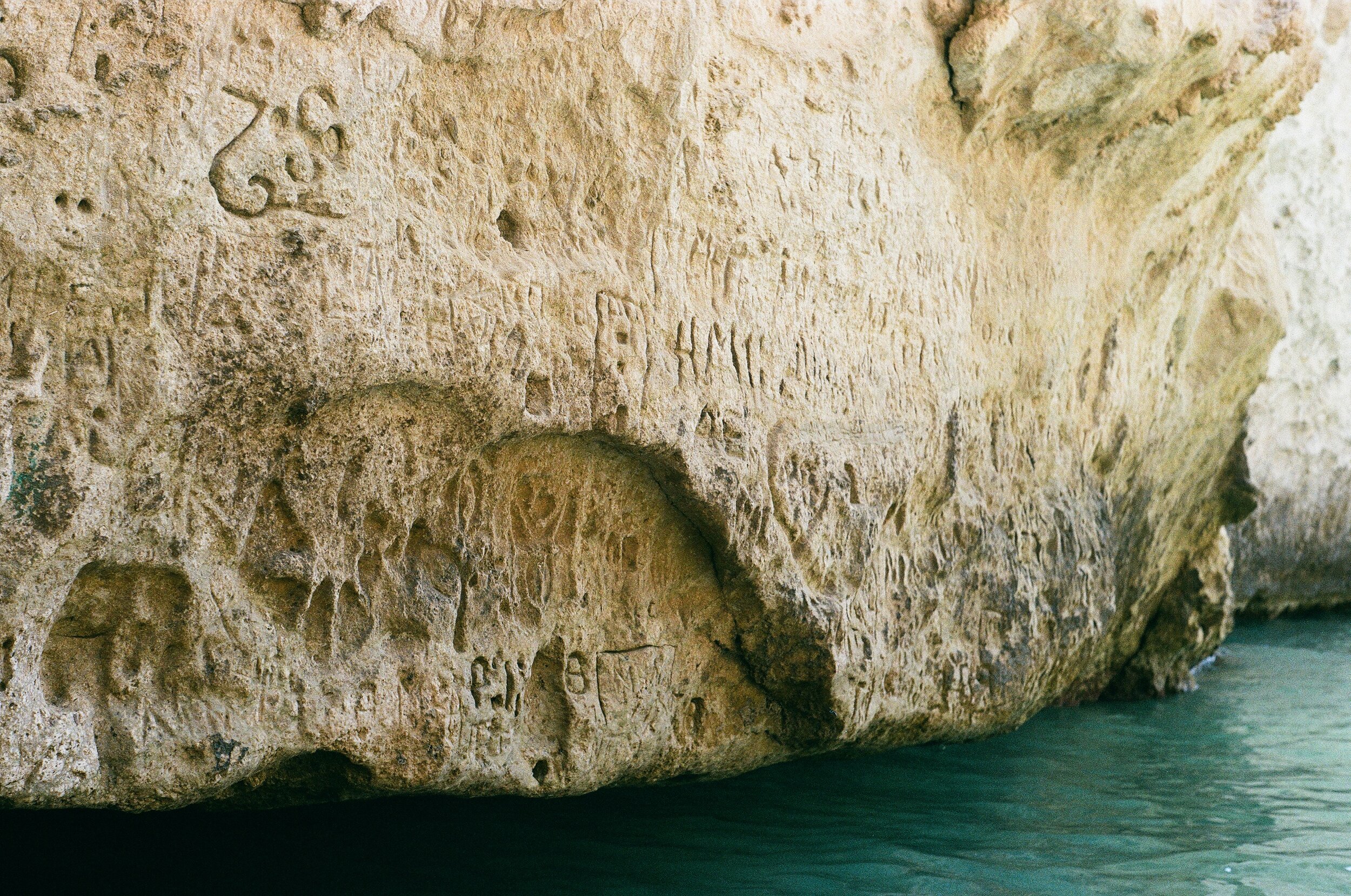SKIN OF THE EARTH | Film capturing deep time stories
2021
Lorem ipsum dolor sit amet, consectetur adipiscing elit. Quisque vitae tortor ligula. Quisque at ex tincidunt enim efficitur ultrices sit amet non est. Nam convallis laoreet lacus ac tincidunt. Aliquam egestas enim gravida lorem sodales porta. Sed lobortis rhoncus efficitur. Morbi sodales tincidunt diam eu placerat. Donec suscipit ante ac dui dapibus, non elementum nunc volutpat. Sed tempor ex et viverra ullamcorper. Aliquam tempus accumsan sem. Nulla cursus tellus dolor, non ullamcorper dui mollis vitae. Nullam velit lectus, bibendum ut odio sed, eleifend efficitur tortor. Pellentesque purus quam, ornare in dui sed, tristique lobortis massa.
Pellentesque habitant morbi tristique senectus et netus et malesuada fames ac turpis egestas. Aliquam malesuada ipsum ut nisi imperdiet commodo. Suspendisse pretium ligula a elementum bibendum. Vestibulum ante ipsum primis in faucibus orci luctus et ultrices posuere cubilia curae; Nam in volutpat ante. Maecenas vel tincidunt odio. Proin non iaculis tortor, nec vestibulum lorem. Vestibulum venenatis purus id lacus venenatis porta et et lacus.
Milos, Greece | 36.6914° N, 24.3936° E
Milos or Melos is a volcanic Greek island in the Aegean Sea, just north of the Sea of Crete. Milos is the southwesternmost island in the Cyclades group. The Venus de Milo and the Asclepius of Milos were both found on the island, as were a Poseidon and an archaic Apollo now in Athens. Milos is part of an area that comes under the Aegean Volcanic Arc. This arc is an alignment of volcanoes. These volcanoes were formed by the subduction of the African plate that is under the Aegean Sea. The volcanic rocks found in Milos were the result of extreme hydrothermal activity.
From the geological point of view, here the volcanic activity started about 5 millions of years ago and it is now considered extinct. Sarakiniko and Mitakas are the result of the rhyolitic volcanism. Milos’ miners have exploited the obsidian since Neolithic age (7000 years ago). In most of the Mediterranean countries, one may find obsidian that came from Milos.
The andesitic rocks, usually dark in color, outcrop in the area of Fylakopì and Pollonia and in the Southwest portion of Milos. It is possible recognize both lava domes and dike set with spectacular columnar jointing originated during the thermal cooling of the lava bodies (Glaronissia, Kalogero).
Following their emplacement, volcanic rocks were involved by an intense hydrothermal activity. This kind of physical-chemical process is responsible of remarkable changes in the chemical composition of the original rocks, with the formation of huge ore deposit of clay minerals. Their exploitation represents a considerable source in the Milos economy. During the 80's Greece was the 2nd world producer in bentonite, a valuable variety of clay deposit. This post-volcanic alteration increases the extreme variety of color and landscape of Milos Island (beaches of Fyriplaka, Fyropotamos and Plathiena).
